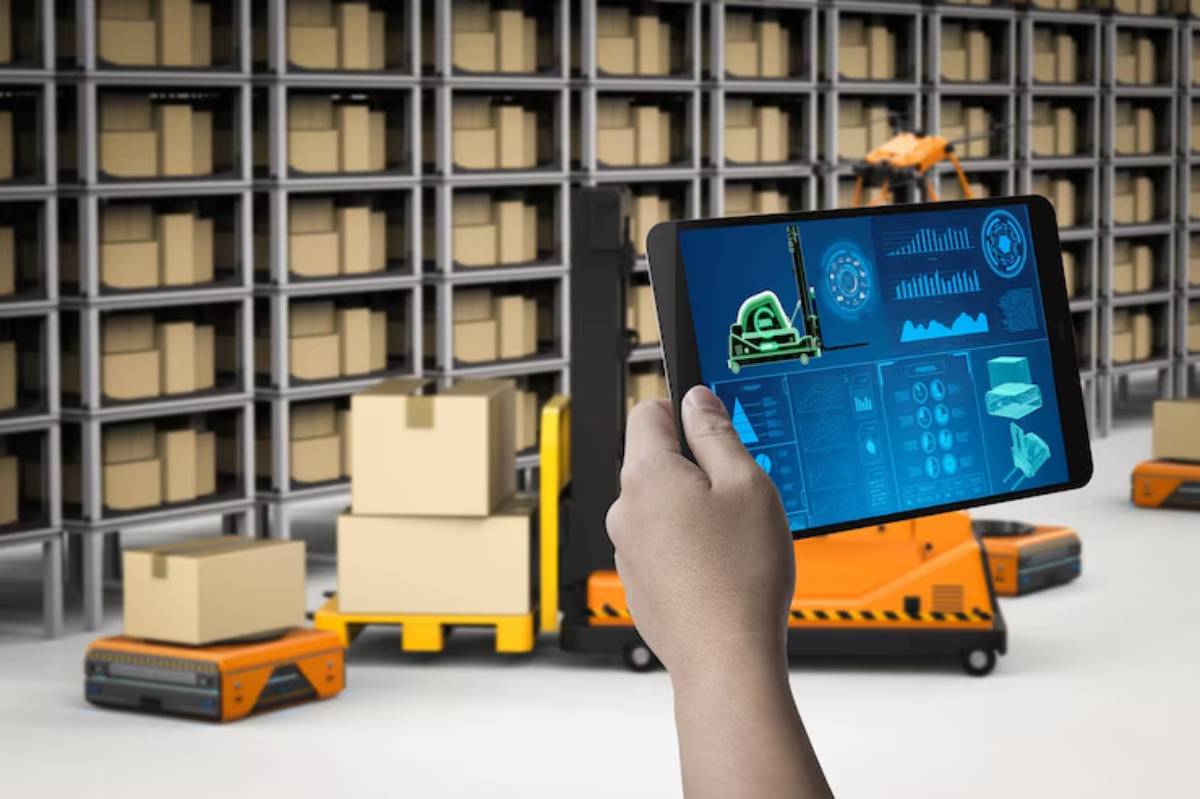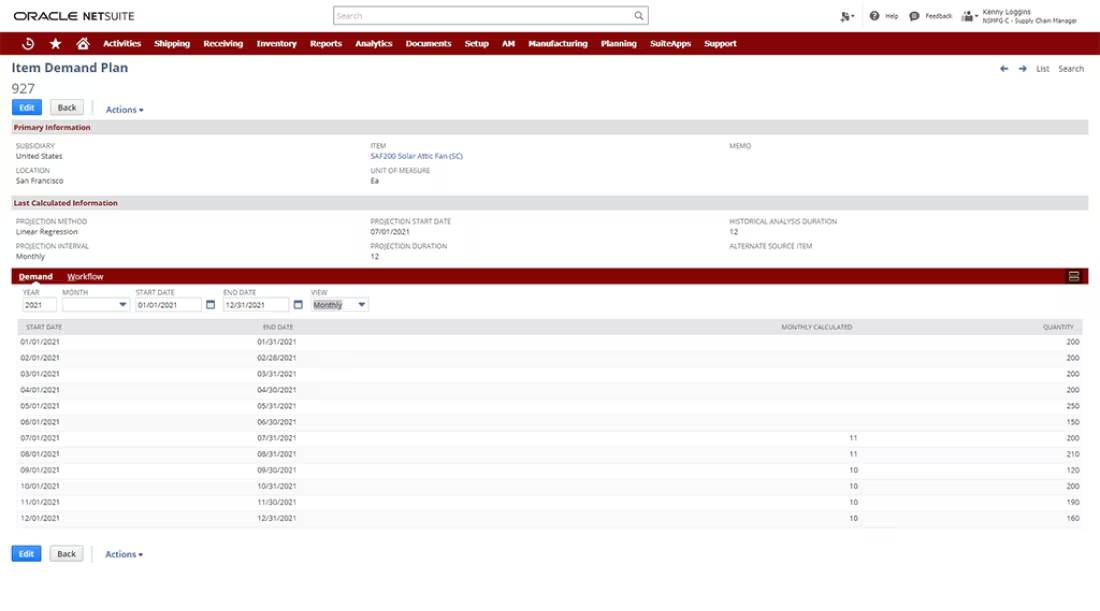
The Role of AI in Predictive Inventory Management
In the dynamic world of ecommerce, inventory is both an asset and a liability. Too little stock and you risk missed sales and customer dissatisfaction; too much and you tie up capital and invite waste. Modern retailers are using AI inventory systems. These smart tools use data to forecast demand, optimise stock levels, and remove guesswork. This delicate balance is key to their success.
Thanks to predictive stock algorithms and smart ecommerce tech, businesses can now make supply chain decisions in advance, not after the fact. This article looks at how artificial intelligence is changing inventory management. It also shows how ecommerce brands can use these innovations to stay competitive.
What Is Predictive Inventory Management?
Predictive inventory management uses data analytics and machine learning to forecast future product demand. AI systems predict how much stock you’ll need and when. They do this by looking at past sales, seasonal patterns, market trends, and outside factors like weather and holidays.
Traditional vs. AI-Powered Inventory Management
Why Predictive Stock Management Matters
Inventory mismanagement is costly. IHL Group says stockouts cost retailers almost $1 trillion each year. Overstocking leads to $500 billion in losses. For ecommerce businesses, especially those growing quickly or selling on multiple platforms, predictive systems are essential.
Key Benefits:
- Improved forecasting accuracy
- Reduced carrying costs
- Fewer stockouts and overstocks
- Streamlined supply chain planning
- Better cash flow management
Smart ecommerce tech helps predictive systems balance supply and demand. It also cuts down human error and saves time for growth strategies.
How AI Inventory Systems Work

AI-driven inventory management systems process large amounts of both structured and unstructured data. They spot patterns and create forecasts.
Core Components:
1. Data Ingestion
The system pulls data from sales channels, ERP platforms, warehouses, customer data, and third-party sources (e.g., Google Trends).
2. Forecasting Algorithms
Machine learning models such as ARIMA, Prophet, and LSTM networks use time-series data to create demand forecasts.
3. Real-Time Analytics
The system continuously updates forecasts as new data comes in—unlike static spreadsheets.
4. Decision Support
AI recommends stock levels, reorder points, and safety stock buffers. In some systems, it can even automate PO generation.
Key Features of Smart Ecommerce Tech for Inventory
| Feature | Function |
| Dynamic Demand Forecasting | Anticipates shifts in sales trends |
| Multi-Channel Inventory Sync | Real-time updates across all sales platforms |
| Automated Reordering | Suggests or triggers restocks at optimal times |
| ABC Inventory Classification | Prioritises high-value SKUs for close monitoring |
| Vendor Lead Time Analysis | Adjusts reorder timing based on supplier speed |
Use Cases in Ecommerce and Dropshipping
1. Seasonal Product Forecasting
AI learns from past peaks, such as Black Friday and summer holidays, and from outside factors like ad campaigns. This helps it plan the best stock levels.
2. Product Launch Planning
Instead of overstocking or guessing, predictive stock models use pre-launch interest (waitlists, page visits) to inform initial inventory needs.
3. Marketplace Selling
Managing inventory across Shopify, Amazon, and eBay simultaneously becomes seamless when AI predicts unified stock requirements and syncs accordingly.
4. Returns and Exchanges
AI can anticipate reverse logistics and incorporate return rates into forecasting to ensure stock accuracy.
Leading AI Inventory Management Tools
1. Inventory Planner (by Sage)
Best For: Shopify, WooCommerce, and Amazon sellers.
Features:
- Demand forecasting
- Automated replenishment suggestions
- Inventory health reports
2. NetSuite Demand Planning

Best For: Enterprise ecommerce and wholesale brands.
Features:
- AI and statistical forecasting
- Multichannel integration
- Advanced order allocation
3. Stocky (Shopify app)
Best For: Shopify Plus users seeking AI-driven inventory recommendations.
Features:
- Historical demand analysis
- Reorder alerts
- Inventory valuation tools
4. Skubana (by Extensiv)
Best For: High-volume sellers with complex supply chains.
Features:
- Real-time analytics
- Predictive purchase orders
- Cross-channel inventory syncing
5. Katana MRP
Best For: Makers and DTC brands with manufacturing elements.
Features:
- AI-powered forecasting
- Materials requirements planning (MRP)
- Batch tracking and order automation
Implementing Predictive Stock Systems
Centralise Your Data
Integrate your ecommerce platform, sales data, warehouse tools, and supplier timelines into a unified system.
Select an AI Inventory Tool
Choose based on your sales volume, number of SKUs, channels, and future scaling goals.
Define KPIs
Track accuracy of forecasts, stockout frequency, fulfilment lag, and inventory turnover rates.
Train the System
The more historical and real-time data you provide, the smarter the system becomes.
Automate Where Safe
Let AI suggest and eventually automate restock orders for low-risk SKUs. Keep high-risk SKUs under supervised control.
Potential Challenges and How to Overcome Them
Data Quality Issues
Garbage in, garbage out. Ensure clean, consistent product and sales data across systems.
Solution: Use data cleansing tools or integrations that standardise naming conventions and eliminate duplicates.
Supplier Variability
Late deliveries can skew even the best forecasts.
Solution: Use AI models that factor in vendor reliability and dynamically adjust reorder timing.
Change Resistance
Teams may be hesitant to rely on algorithmic suggestions.
Solution: Introduce AI tools in stages—start with visibility and reporting, then progress to automation.
Future Trends in AI-Powered Inventory
1. Predictive + Prescriptive Models
AI won’t just tell you what might happen; it will recommend what to do next.
2. Visual Inventory with Computer Vision
Smart cameras in warehouses will track inventory movement and feed it into prediction models.
3. Blockchain Integration

Combining AI inventory with blockchain will increase traceability and security of supply chain records.
4. Self-Correcting Forecast Loops
AI systems that automatically learn from missed forecasts and improve their models autonomously.
Key Takeaway
With modern ecommerce growing faster and more complex, reactive inventory systems are a liability. AI-powered predictive stock provides a smart solution. It offers better visibility, higher efficiency, and improved customer satisfaction.
By adopting smart ecommerce tech, you position your business to scale confidently without sacrificing control.
Predict, Automate, and Thrive
AI is no longer a futuristic concept—it’s a competitive tool shaping the new standard for ecommerce operations. Predictive inventory management leads to fewer mistakes, quicker growth, and more agility in a changing market.
Empower your e-commerce strategy with smart forecasting. The brands that succeed tomorrow are the ones that optimise today.


